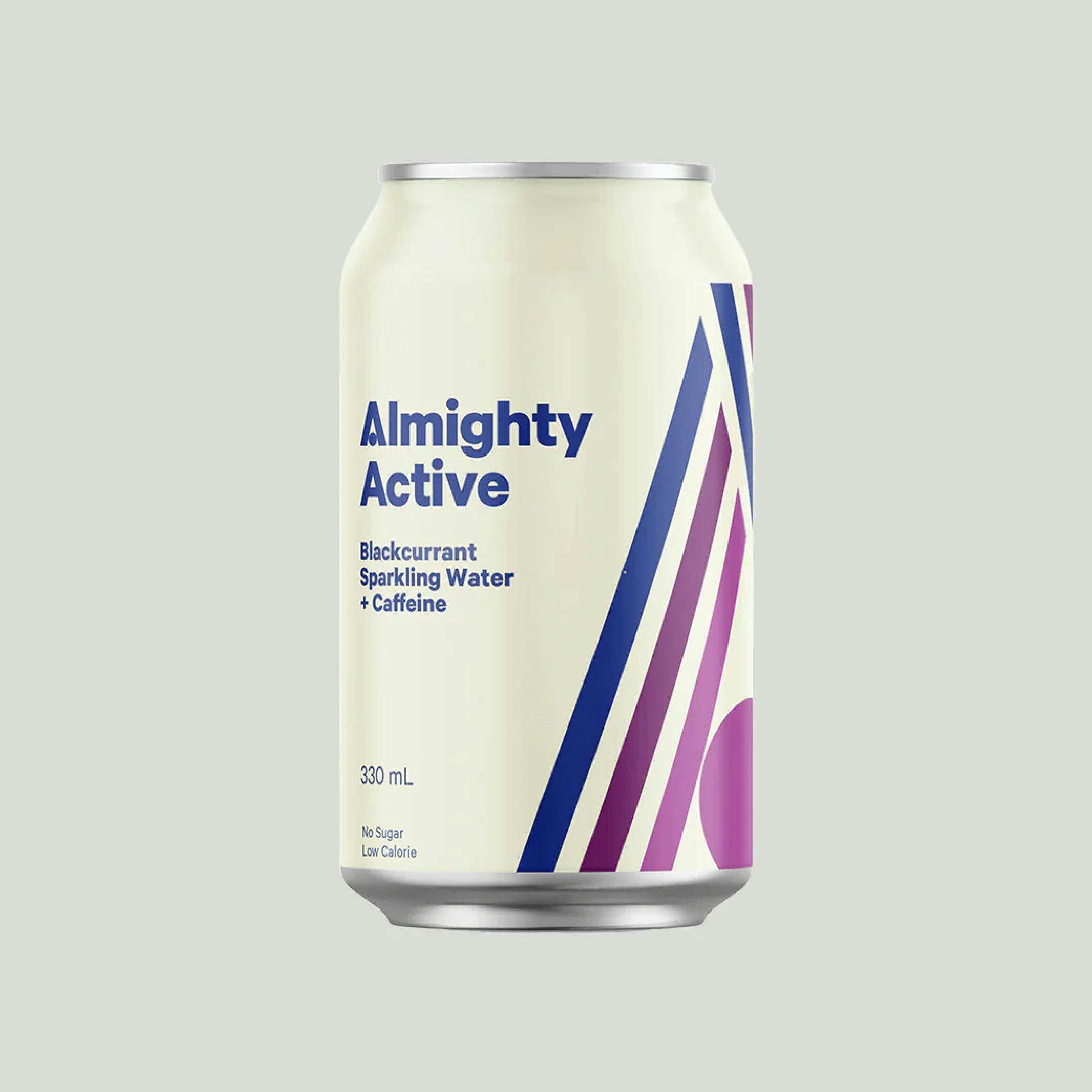The Power Of A Traditional Shopify Build: When Going Headless Isn't the Answer.
-
Auckland
XX:XX:XX GMT+XX
The Power Of A Traditional Shopify Build: When Going Headless Isn't the Answer. Exploring six reasons why you might want to think twice before embracing headless commerce.
A few months ago we released our article Headless, Jamstack and modern web development movement to demystify the particularly gruesome sounding world of ‘Headless’ web development and what that actually means from a client perspective. While we are experienced with building many headless sites, for both commerce and non-commerce reasons, we also very much believe in the power of traditional CMS's and by proxy the standard Shopify ecosystem as a platform for scalable e-commerce.
The choice between using a traditional Shopify setup and going headless involves careful consideration. While a headless approach offers unparalleled customisation and scalability, with an enterprise ready ‘no-ceilings environment’ there are certain scenarios where sticking to the traditional setup might be the wiser choice. Let's explore six reasons why you might want to think twice before embracing headless commerce.
Reason 1:
Default Shopify is pretty damn good
Shopify's themes and tools offer out-of-the-box performance that is often sufficient for many e-commerce operations. If you're aiming to set up a straightforward store with minimal emphasis on continual performance optimisation, the benefits of a headless setup might not outweigh the simplicity of a traditional Shopify store.
One of the original reasons for building headlessly was to have total editorial freedom with the front-end of the website. With the release of Shopify Online Store 2.0, Shopify essentially opened up the ability to create components and sections for sites with near limitless possibilities. This was further enhanced by the introduction of Shopify Markets, Metafields and Metablocks. This combination of tools allows us to have near-total freedom of what a Shopify interface looks, feels and performs like. Gone are the days of cookie cutter themes or components being chopped and changed from default ones.
Shopify's app store boasts a second-to-none array of tools and add-ons designed to enhance your online store's capabilities. From subscription platforms to review widgets, these apps can quickly add functionality to your storefront with minimal cost and technical know-how. However, if you're considering a headless approach, be prepared to forfeit some of these convenient front-end apps. While larger apps might offer headless counterparts, the large majority of them could be incompatible, limiting your ability to enrich your store's features.
Reason 2:
Budget and Expertise Considerations
Setting up a simple Shopify store is relatively cost-effective and requires little technical expertise to manage. Moving into a custom theme like most of our Shopify projects does increase the complexity but compared to traditional brick-and-mortar retail is incredibly affordable and powerful. However, delving into a headless setup demands a different level of investment. While the budget might vary from project to project, headless sites are ordinarily at the top end of our quote ranges as the need for specialised and senior developers with a nuanced understanding of a headless architecture is a constant. If your resources are constrained, or your team lacks the necessary tech expertise, a traditional Shopify store might be the pragmatic choice.
Reason 3:
Testing the Waters with a Basic Store
In the early stages of introducing a new product or brand to the market, speed and agility are paramount. A semi-custom to fully-custom Shopify theme can be swiftly tailored to create a minimum viable product (MVP), allowing you to validate your concept without committing to the complexities and budget of headless commerce or the costs of brick-and-mortar. Once your concept gains traction, you can consider the transition to a more intricate setup or it may even be invalidated - we have multiple 8-figure revenue clients operating even on Shopify basic.
Reason 4:
Compatibility with Your Digital Agency
Many 3rd-party digital marketing agencies specialise in no-code or low-code setups, focusing on theme customization and app integration within the pre-set configuration options that come with a standard Shopify theme or that a developer would bake into a custom one. Transitioning to headless commerce necessitates a shift toward sophisticated web development and software engineering away from generic field entries for configurations. If your current marketing agency lacks these capabilities or the ability to request orders for the custom integrations, the transition might be riddled with challenges, especially when it comes to reconfiguring data feeds and integrations. This is partly why we introduced our own Growth services as a service offering to ensure we kept all specialisations under one roof with a total end-to-end look-through of the digital infrastructure.
Reason 5:
Balancing Control and Convenience
Traditional Shopify setups grant you more control over the customer experience and store processes. With a headless approach, much of this control is shifted to the hands of developers who will need to provide tools and interfaces for clients to make edits, as many aspects will be controlled via APIs or automation. If you prefer a user-friendly experience and more autonomy over your store's behaviour, the traditional setup might be more suitable.
Reason 6:
Streamlined Sales Funnel for Simple Products
For those adept at driving traffic and conversion, a streamlined sales funnel can be achieved with a simple Shopify store. This setup allows you to focus on refining your marketing strategy rather than grappling with complex headless architecture. If your product offerings are straightforward and your marketing prowess is strong, a traditional Shopify store might provide the efficient solution you need.
In conclusion, while headless commerce offers immense potential, it's important to recognize that not every scenario warrants its implementation. Whether due to budget constraints, technical expertise, or a need for rapid market validation, there are valid reasons to opt for the simplicity and convenience of a traditional Shopify store. As the e-commerce landscape continues to evolve, making an informed decision that aligns with your business goals is key. Either way, we at New Territory are experienced and can work with either!



